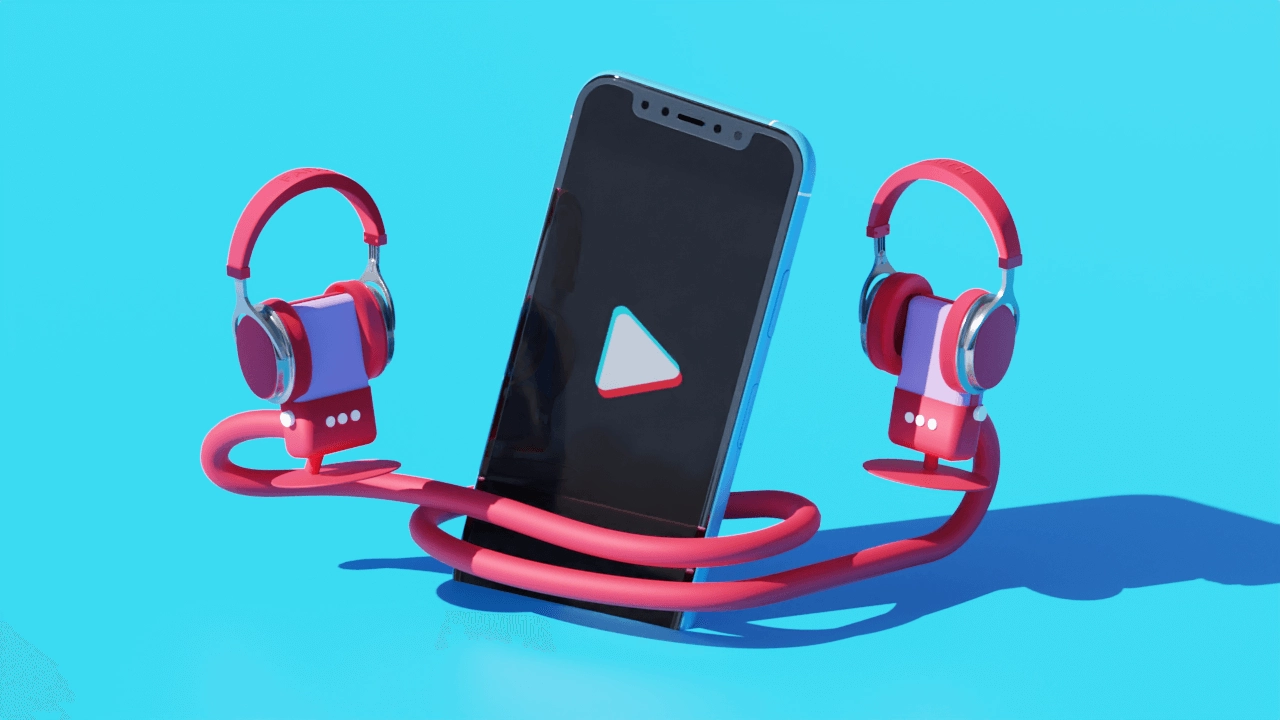What type of content do you primarily create?




You’ve got an award-winning idea for a video. In fact, it’s so good you’ve already gone out and shot multiple interviews for it. They’re uploaded, backed up in multiple locations, and now they’re ready to be woven together into a narrative. And you’re sweating bullets, because this is where the real work begins and you have no idea where to start.
It’s easy to start feeling overwhelmed with all the possibilities. After all, when it comes to a narrative, the possibilities are practically limitless. Who’s your main character? Is there more than one? What’s the opening line? How much will you reveal up front? You get the picture. That’s why creating a structure for how you review, organize, categorize, and build a solid narrative with your footage is essential for the story (and your sanity) to be the best it can possibly be.
Yes, I used some boring words there like “organize” and “categorize.” And yes, to do this, you’ll need a ton of folders and themes (and even some scissors and tape). But once you achieve this level of organization, it will open doors to creativity you didn’t know existed and the time you invested will pay off in a killer video.
5 steps to a solid workflow
The best way to think about your multiple interviews is with an egalitarian detachment. You’re going to be impartial, and you’re going to treat each interview equally. It doesn’t matter if you became best friends with one interview subject or another interview subject was your childhood idol — this is your new mantra.
Repeat: You’re going to be impartial, and you’re going to treat each interview equally.
Step 1: Transcribe all interviews
Transcribing an interview is essential because it provides a searchable record. If you’re using Descript, it will automatically transcribe your audio or video files and let you select and pull out the best clips without ever leaving the app.
If you used a different transcription program, no worries. Once your transcription has been generated, export it as a .doc with the timecode included — it’ll make your life much easier later on.
I like to include “Raw” in the document’s filename; something like “Raw_IntervieweeName_ProjectName.” The “Raw” document is going to be your original, untampered copy, should you need to refer back to it at a later point in the edit.
Step 2: Make your selects
Whether you’re making a video or podcast, this is the moment you’ll begin watching and listening to your footage. Stay open minded as you begin listening for any possible clip you might want to include in the story. Highlight everything you might want to use — these are what you call your “selects.”
If you’re using Descript, this is where you’ll hit “copy highlights.” Paste the highlights onto a new composition and name it something like “Selects_IntervieweeName_ProjectName.” (If you’re not using Descript, you’ll just manually copy your highlights and paste them into a new document with that name). Boom! You’ve just made your selects.
If you’re working on a video in a traditional video editor, you’ll also need to drop the interview footage onto a new timeline and play it back. When you find a clip, cut and paste it onto a new track. Repeat this process until you complete all interviews, making sure to give each interviewee their own timeline.
This is a lengthy process. But you’re going to thank yourself later on.
Step 3: Identify themes
You’ve selected all usable clips and your transcripts are highlighted. Now, you’re going to duplicate each transcript and name them “Themes_IntervieweeName_ProjectName.” If you’re using a traditional editor, you’ll do the same for your footage: duplicate your script track or timeline using the same name.
Now, you’re going to identify themes across your footage. For each and every clip, categorize it with a theme. It could be “John talks about childhood” or “Alice’s Birthday party.” Some themes may be identified across several clips. Some themes may be identified in only one or two clips.
If you’re working in Descript, type in your theme and place the related clips below it. If you’re working in a traditional editor, label your clips individually and then type the name of the theme above each clip in your “theme” document.
Step 4: In, Maybe, Out
Now you’ve identified themes across all interviews, you’re going to make a list of the theme headings and rearrange them into a loose narrative. Personally, I like to use Powerpoint or Keynote in Light Table view for this task.
Title three slides “In,” “Maybe,” and “Out.” Start placing the themes you feel are integral to your story into the “In” section. Then, start arranging your “In” themes in the order you might have them in the video.
This is when you can start thinking about what kind of story structure you think will be best suited to the footage you’ve been impeccably organizing step by step. Keyword here is “start”: it can all change down the road.
If you see any narrative gaps along the way, or if one theme doesn’t flow into the next, review the “Maybe” themes and move any you think might help fill the gap. You can also review the “Out” section if you need to.
Once this process is complete, you’re going to make a paper cut — the best part, if you ask me.
Step 5: Paper cut (the good kind)
Tools: printer, big table or floor, scissors, tape
Okay, you’ve collected and organized A LOT of data. It’s finally time to let those creative juices flow as you start your paper cut.
This is the stage where you’re going to want to use a printer. I cannot stress this enough — screens just aren’t big enough for piecing together complex narratives.
Print out all your themed interview clips from the “themes” document. Cut out each clip, label it with the theme it’s from, and place it in its respective “In,” “Maybe,” or “Out” category.
From the “IN” section, start cutting out individual lines and forming a script narrative in an empty section of the floor or table — your blank canvas, if you will — based on the narrative structure you identified in step 4.
If there are gaps in the script, start reviewing the “Maybe” and the “Out” sections. Keep reading, moving things around as necessary, identify any gaps, and fill them in until you think you have something concrete.
Once you’ve completed your narrative, grab some clear tape and run it from the top to the bottom of your script. Stick it on the wall somewhere you can easily see it while editing.
All of this hard work is going to make your time in post production exponentially quicker. It’ll also end in far fewer headaches and less burnout. That’s important because in order to be open to creativity and possibility, you need to be relaxed, not bogged down with the heavy burden of building a complex narrative structure from inside your software.
Congratulations — you now have a beautiful narrative built from multiple interviews!





























%201.svg)





















